Folder Updates
Nextpoint Web Application
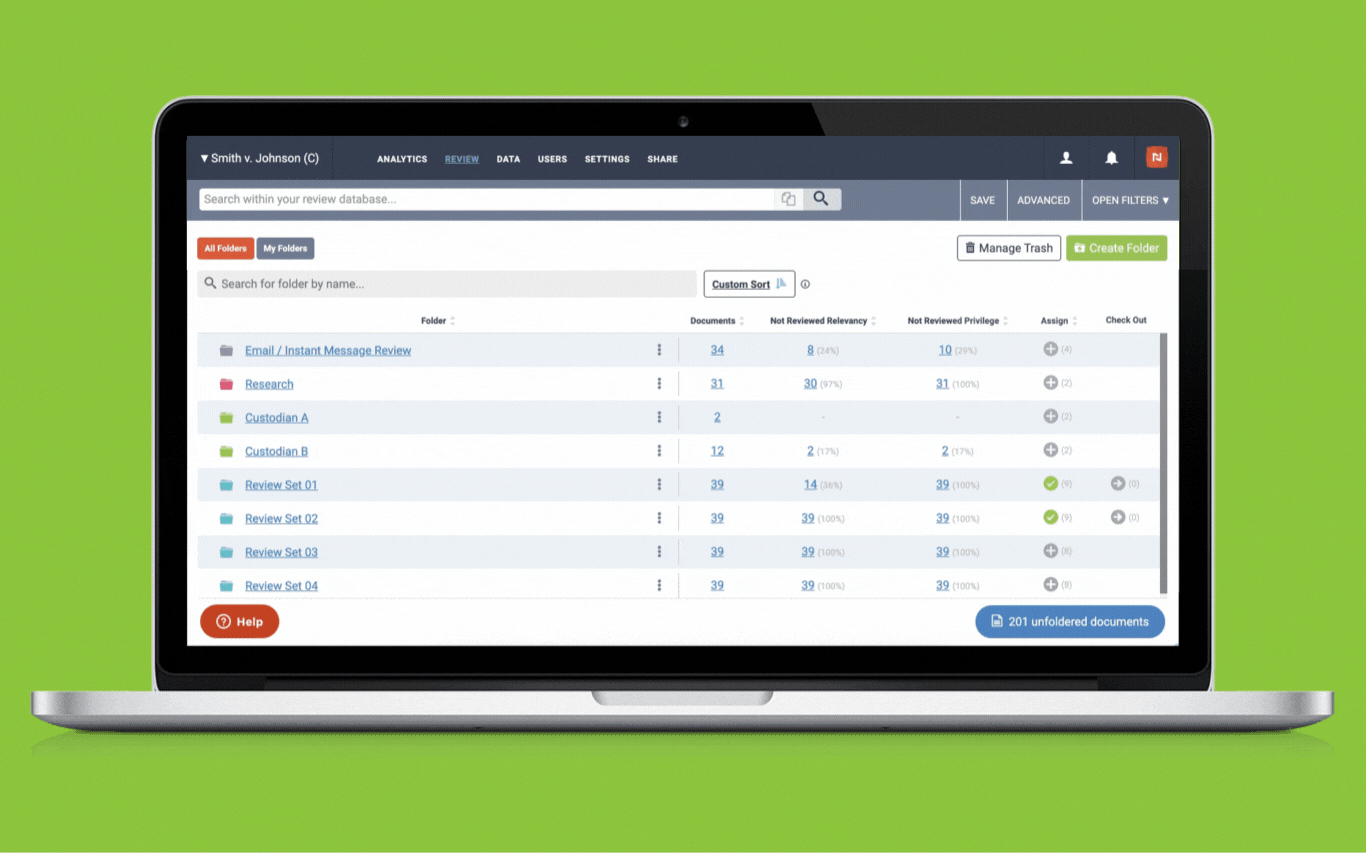
Company Details
Nextpoint is a litigation software web application. Nextpoint helps attorneys, paralegals, litigation specialists, and other law professionals through every stage of the litigation cycle, from collection, document review, and coding to depositions and presentation. It is a responsive web application that is built primarily in Ruby on Rails, Javascript, HTML, and CSS. There are two parts of the application, Review and Prep. Review was primarily used for culling down data and preparing documents for production, and Prep was primarily used for depositions, transcripts, and presenting documents within court.
The Challenge
Folders were confusing to our users as they didn't act like folders and they were only one level deep.
For this project, we knew it was going to be a big update so we decided to tackle a couple of issues they were having. Folders in Nextpoint were a confusing concept to our users. They were not visually displayed as folders and they could not put a folder within another folder, or search and sort them like you could on your computer. Because this was a such a big undertaking and we had a new product team and several new developers on the project, one of our biggest challenges was trying to limit scope creep.
The Team
Product owner Product manager Two product designers/front end developers Three full stack developers QA developer
My Role
User interviews, research, ideation, wireframing, team communication, front end development, testing and QA
Tools
The Process
Research
User Interviews
At the first meeting, our project team gathered all the information that had been collected from client success and sales calls regarding foldering documents within Nextpoint. This information was reported within JIRA. To get a better understanding of what our clients were looking for, we invited 10 power users from those firms to answer a series of questions about their workflow within Review and what changes they wanted to see in regards to foldering their documents. The interviews were conducted either in Zoom or by phone.
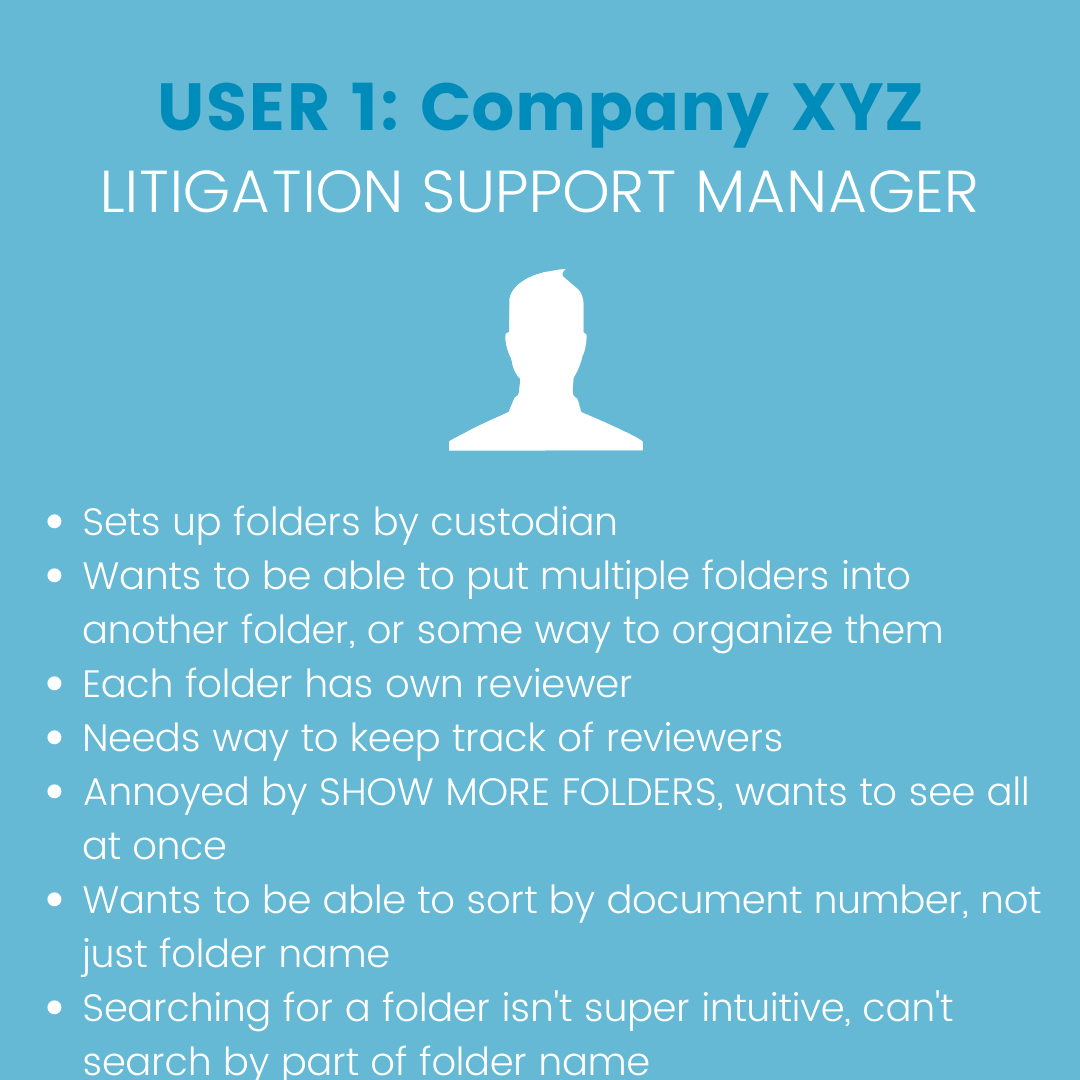
Feedback Session & Surveys
During one of our yearly conferences with 12-15 of our power users, we conducted a feedback session. Showing them some of our rough sketches and watching their workflows, we collected responses and feedback about foldering within Nextpoint. This gave us a better idea of what our foldering workflow was missing and how we could tweak it to better serve our users. Following the feedback session, we gave our power users a survey where they ranked potential updates we could make to the foldering process. All the information was collected and added to our documentation for the project.
What we discovered from our research
Our users wanted:
- To be able to view all their folders quickly
- To organize their folders, nested atleast one level deep
- To have a way to remember which folders were of most importance
- To search and sort their folders for quicker access
- To see more information on what documents were in each folder without having to enter the folder
- Easier access to folder settings, so workflow was not disrupted

User Story Mapping
After user interviews, the feedback session, and survey, we had so many options for potential updates. To help us scope down the project, I created a user story so that we could recognize the MVP. We ended up doing a lot of the updates that were requested of us and scope creep was definitely an issue.
Ideate & Iterate
Sketches
Once the MVP was determined I got to work on rough sketches, making sure each workflow made sense, as there were several being updated with this project. I ended up completing rough sketches for the following:
- A scrollable folder table rather than a paginated table so users could view all their folders quickly
- A new concept called Categories, which solved the need for nesting folders
- A way to favorite a folder, so users could find which folders were most important
- Workflows around the folder table to include metrics so they would not need to enter a folder
- New form pop-ups that were being added to the page so users could continue their foldering process without going to settings

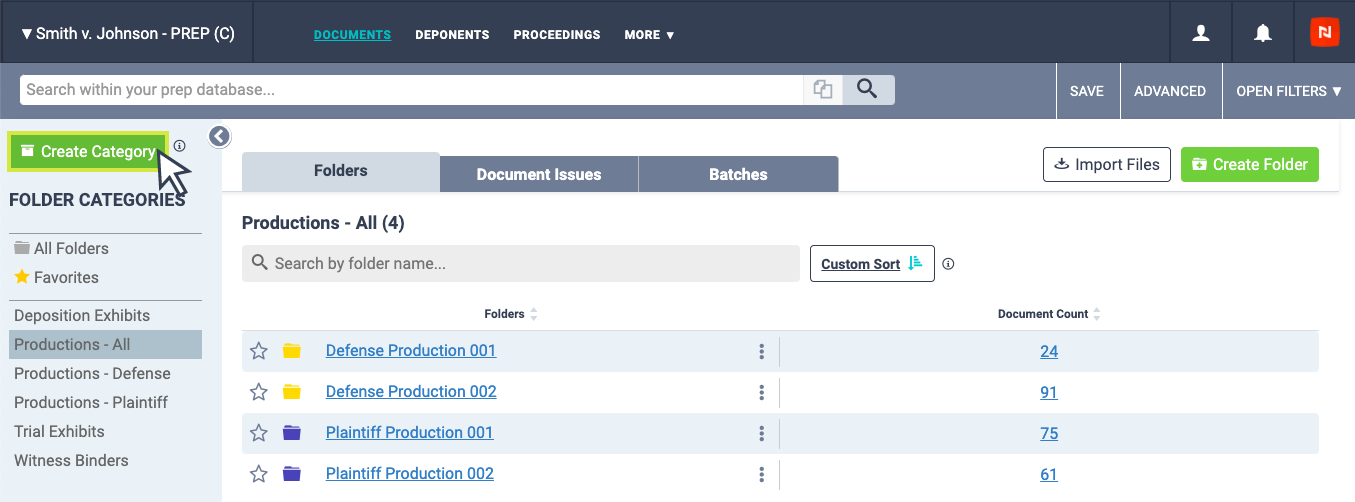
High fidelity wireframes
Based on the sketches, I created high fidelity wireframes in Figma. Because we wanted to get moving on development, there wasn't a time to come up with prototypes. We ran through the high fidelity wireframes with our users for feedback and kept iterating until each part of the project was ready for development.
Develop & Deliver
Team Communication
Working on a team with two new developers, a new development manager, and a newly formed product team, I was the go to person when anyone was having an issue with their JIRA tickets due to project complications or them being unfamiliar with the codebase. This was often an issue due to folders having such a widespread presence in our codebase, which meant one change led to many. When there were questions about a JIRA ticket on how the feature should work, the developers would notify me and we would discuss what needed to be remedied and how to approach it. Since our developers were in Madison, the product team was in Chicago, and I was working remotely in the suburbs of Chicago, communication was key. We used Slack, Zoom, JIRA, Figma and Google Workspace to communicate, document, and organize the project.
Front End Development
Myself, along with another front end developer did most of the front end development for the project until I left Nextpoint due to the pandemic. I was not able to participate in the development of Categories or Favorites. For the work I was able to complete, I primarily used HTML, CSS, Javascript, and some limited Ruby on Rails. Since the other front end developer was new to Nextpoint, I was her go to resource when she was struggling to find certain code that needed to be updated. We used JIRA to document our progress. Along with doing a lot of the coding in the first part of this project, I performed many code reviews, making sure any full stack developers were using clean coding practices in the views and following the project requirements.
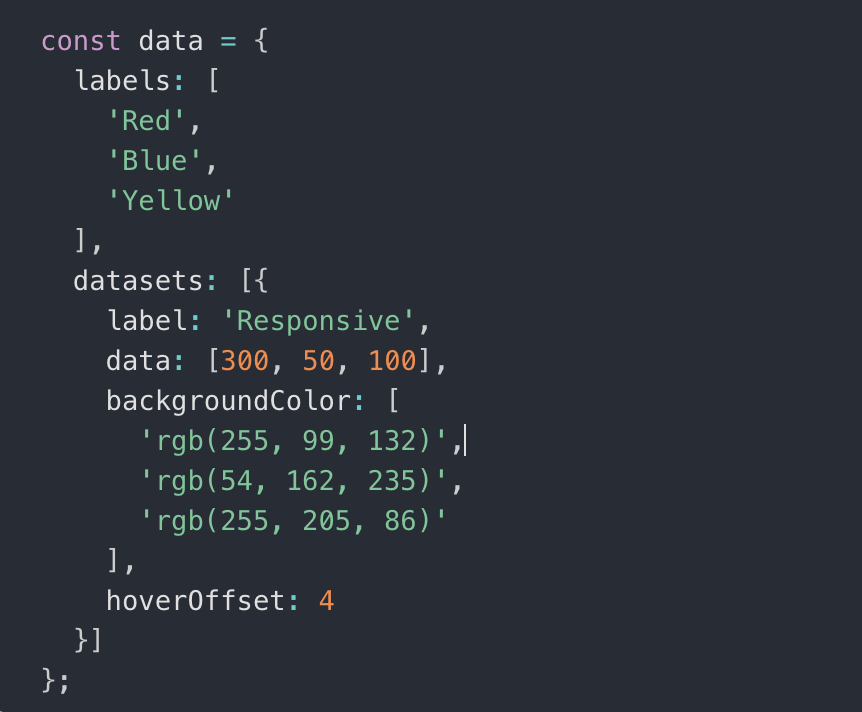
Testing & QA
During this time, one of our developers had moved into a newer QA position. While we were working out the kinks in the process, I was a reliable resource as I had participated in most of the front end testing in the past and had thought out and documented a lot of the edge cases for the project. Since we were still a small team, testing was the responsibility of everyone on the team, making sure we were testing for all supported browsers and tablets.

The Final Feature

View All Folders
Due to the number of folders that could be created within a Review database and the number of documents within those folders, to help with the page load only the first 15 would be displayed, by creation date. Users had to click a button to load the next 15 folders. Our users were annoyed that they could not find their folders quickly. To remedy this issue, we changed the folder list to a scrollable list that would auto load all their folders.
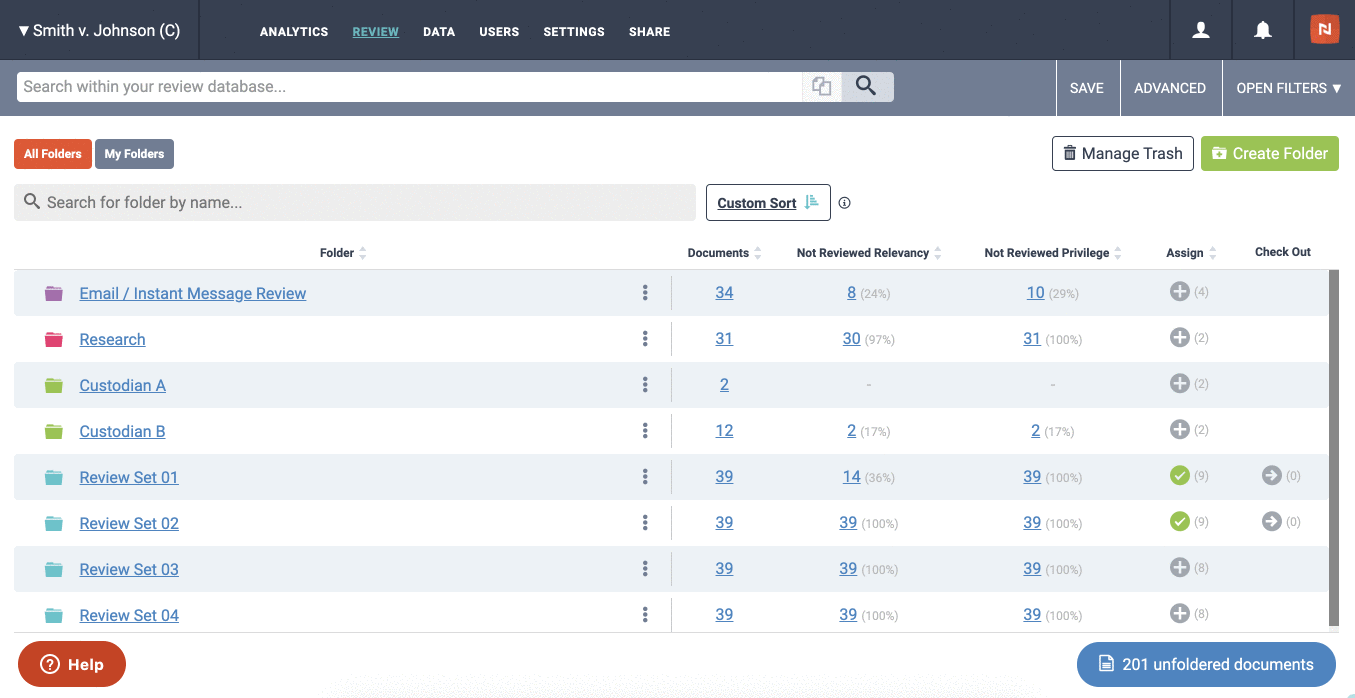
Organize Folders into Categories
Our users felt the need to further organize their folders. For the scope of this project, we created Categories so that they could have the option to organize their folders at least one level deep. With the addition of categories, we needed to include settings for the Categories: create, edit, delete, and the ability to add or remove a folder from a category.
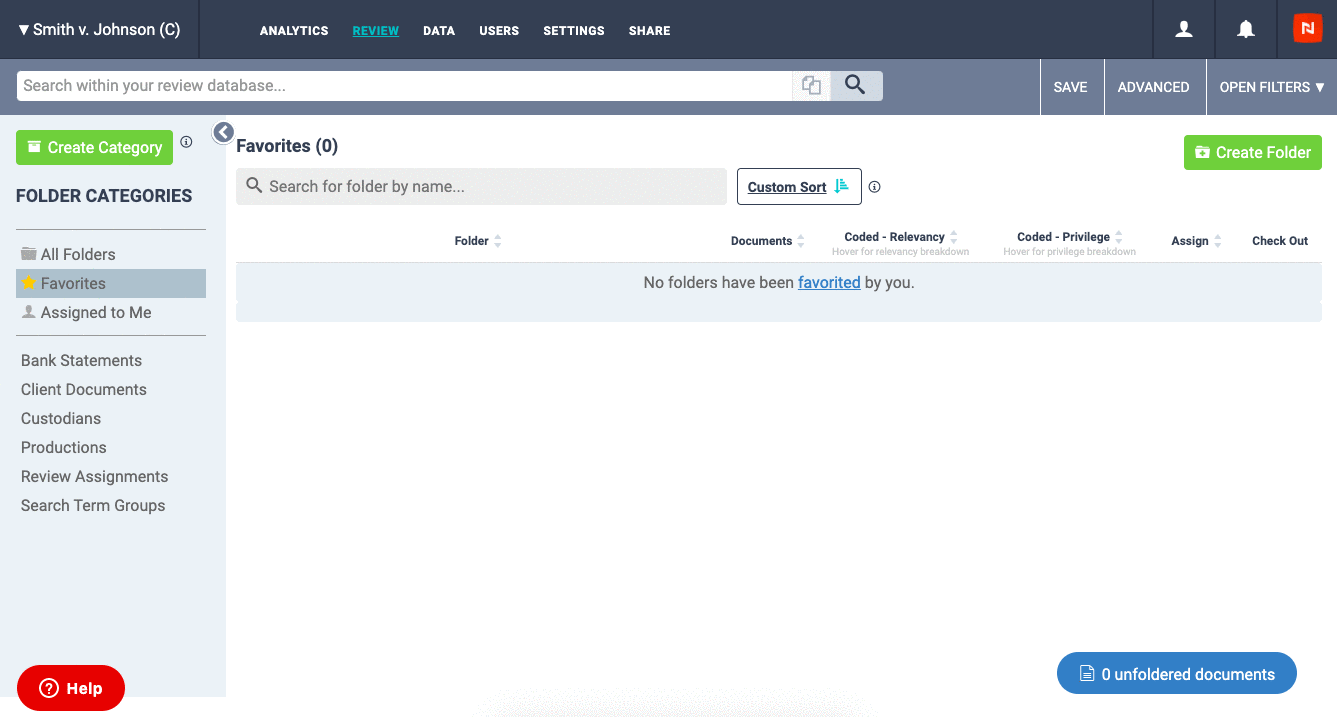
Favorite Folders
Our users expressed the need to find folders quickly. What better way than creating a Favorites category? So the Favorites category was created with the ability to add or delete the folder from the category from within the folders table for easy access.

Search & Sort Functionality
Because of the way our folder table was built, sorting by column name wasn't possible. After we changed the folder table to a scrollable list, we made it possible for our users to click on the column header to change the sort so they could more easily find the folder they were looking for. Searching for folders was not very intuitive either, a user would have to type the full folder name in order to cull down the results. To remedy this, we allowed users to search for partial folder names in order find their folders faster.
Project Takeaways
This project was a difficult one. Defining the project proved difficult in that folders were viewed everywhere in the product and each functional group within the company had a different opinion on what should be included. When we finished scoping and design and moved on to development, we often ran into issues that needed to be fixed quickly so other parts of the project would not be delayed. Several developers were just ramping up at Nextpoint and were thrown into the project so that along with the amount of scope creep, pushed deadlines back significantly. Overall, once the project was completed, it was a good update for our users, but the amount of time the project took could've been reduced.

